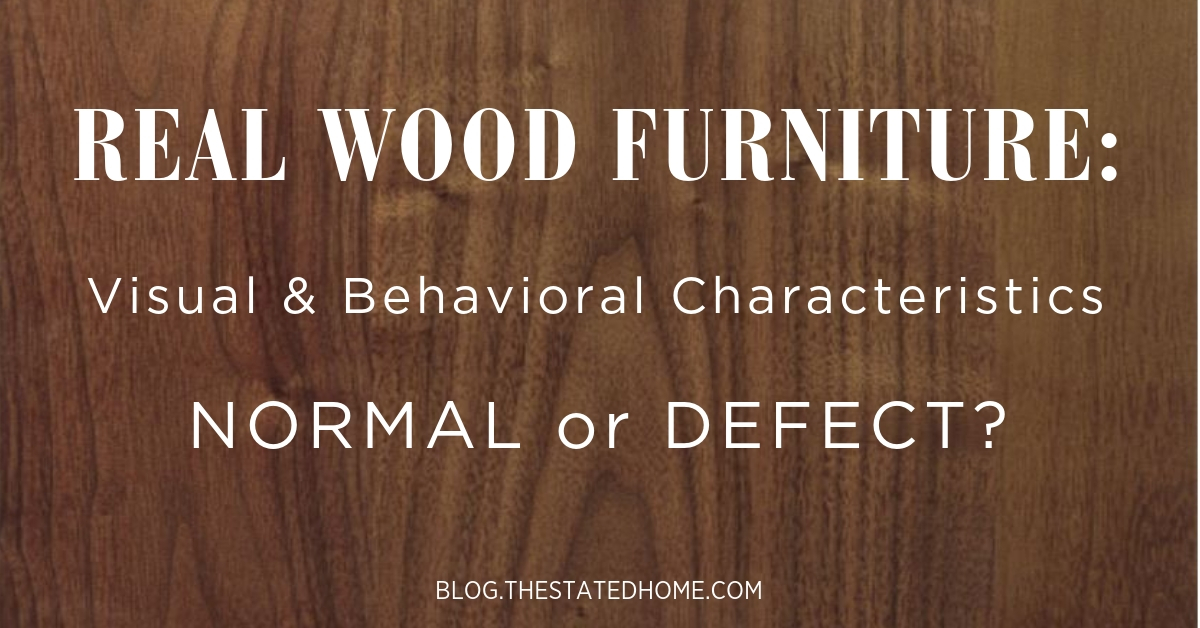One of the benefits of buying American-made furniture is that the pieces are most likely built out of domestically grown trees. And those trees are likely harvested from sustainably managed forests. That means you can rest easy knowing your purchase isn't supporting harmful logging practices like ... Read More about Sustainable Forestry: How It Works & Why It Matters
Copeland Furniture: A Visit to Their Vermont Factory
Copeland Furniture's factory is nestled in a small town called Bradford, Vermont, near the New Hampshire border in an area called the Upper Valley. It’s as lovely as it sounds: covered bridges, lakes, nature, and a lot of homemade ice cream and craft beer. And it's where Copeland makes all of their ... Read More about Copeland Furniture: A Visit to Their Vermont Factory
Quality Wood Furniture: How to Spot It
It's almost impossible to take a quick glance at a piece of wood furniture (aka casegoods) and figure out if it's quality or not. But if you take a few minutes to check out how it's constructed, you'll be able to get a pretty good idea of whether the piece was built to last or built for the ... Read More about Quality Wood Furniture: How to Spot It
Wood Defects: What’s Normal and What’s a Problem?
Part of what makes wood so beautiful is it's unique grain and the character that comes from it being a natural, living material. But because it spent decades growing in a forest, real wood--and the furniture made from it--will never be perfect. For example, solid wood furniture will have some color ... Read More about Wood Defects: What’s Normal and What’s a Problem?
Eco-Friendly Furniture: The Truth About Logging
If you’ve spent any time at all on our site, you already know what we think about the quality of imported furniture (they cut corners in wood material, wood type, veneers, joinery, and finishes). American-made furniture is great because not only does it last a lot longer, but it doesn’t contribute ... Read More about Eco-Friendly Furniture: The Truth About Logging




